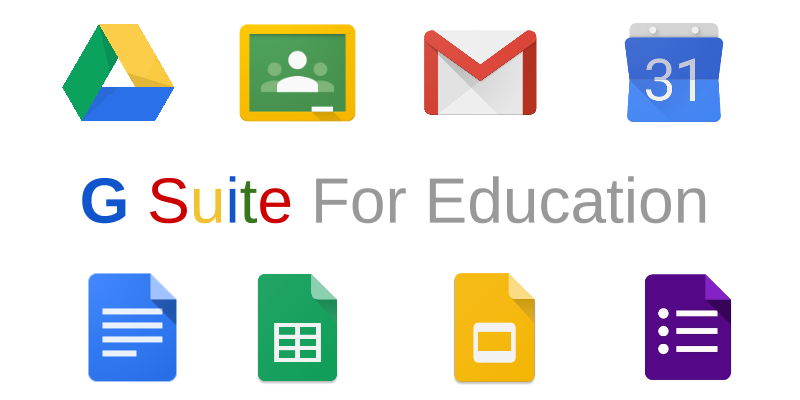Keeping elementary students engaged throughout the day has been a struggle for many classroom teachers. We are constantly looking for new ways to keep students engaged whether we are in whole group, small group, or in station work. Small group and station time has always been a struggle because you want to make sure your students are independently engaged while you are working with a group. How can we make sure that they are actually completing the activities and not just playing without having to take away from our small group instruction? An in-class flipped classroom could help solve some of our problems.
In-Class Flip Infographic by Keley Barnhill
You may have heard of a flipped classroom before. In a flipped classroom, teachers make instructional videos for students to view at home or away from class. As an elementary school teacher, that isn't feasible, as most of our students do not have access or the ability to get on devices once they are at home. Ramirez and Buitrago (2022) state an In-Class Flip is "a set of adaptable in-class configurations where individual and group spaces coexist, allowing flipped learning to take place within the educational setting" (p. 9). An in-class flip happens within the classroom and does not require students to access material at home to learn. As an elementary teacher, this is a more feasible option. Students can access material through technology or other resources to assist them in learning.
Types of In-Class Flip
There are two different types of the In-Class Flip, station work and In-Situ (non-station) work. Station work has been done for years in classrooms. Station work in an In-Class Flip can be used with or without technology. Ramirez and Buitrago (2019) discovered the sequenced, looped, mixed, and half 'n' half station model (p. 12). "Each configuration supports different purposes, and you can adapt each one in many ways to accommodate every teacher's individual context" (Ramirez and Buitrago, 2019, p. 12). Many kindergarten through second grade teachers incorporate a type of station work in their daily schedules.
Ramirez (2019) states " an In-Class Flip can be done with or without station work". The In-Situ (non-station) work clarifies that students can have direct instruction without the teacher delivering material at the front of the classroom. This can can be done through "different means such as videos, reading, and infographics" (Ramirez and Buitrago, 2019, p. 23). Students can use resources to assess their own understanding of the content. This can be done independently, through partner work, or through group work.
Differentiation with In-Class Flip
Abi. (2022, July). Differentiating the flipped classroom - kognity. Kognity. https://kognity.com/resources/differentiating-the-flipped-classroom/
Kucera, R. (2023, February). The Flipped Classroom Teaching Method: 6 Ways to Hold Students Accountable. Rae Rocks Teaching. https://raerocksteaching.com/the-flipped-classroom-teaching-method-6-ways-to-hold-students-accountable/
Ramírez, M. A., & Buitrago, C. R. (2023). In-Class Flip: A Student-Centered Approach to Differentiated Learning. International Society for Technology in Education.
Ramirez, M. (2019, March). What’s an in-class flip? (revisited) -Martha Ramirez. Martha Ramirez - English Language Teaching. https://martharamirez.com.co/blog/whats-an-in-class-flip-revisited/
Seesaw, Elementary Learning Experience Platform. (2024, September). All-In-One Platform - Seesaw | Elementary Learning Experience Platform. https://seesaw.com/all-in-one-platform/




%20(1).png)
